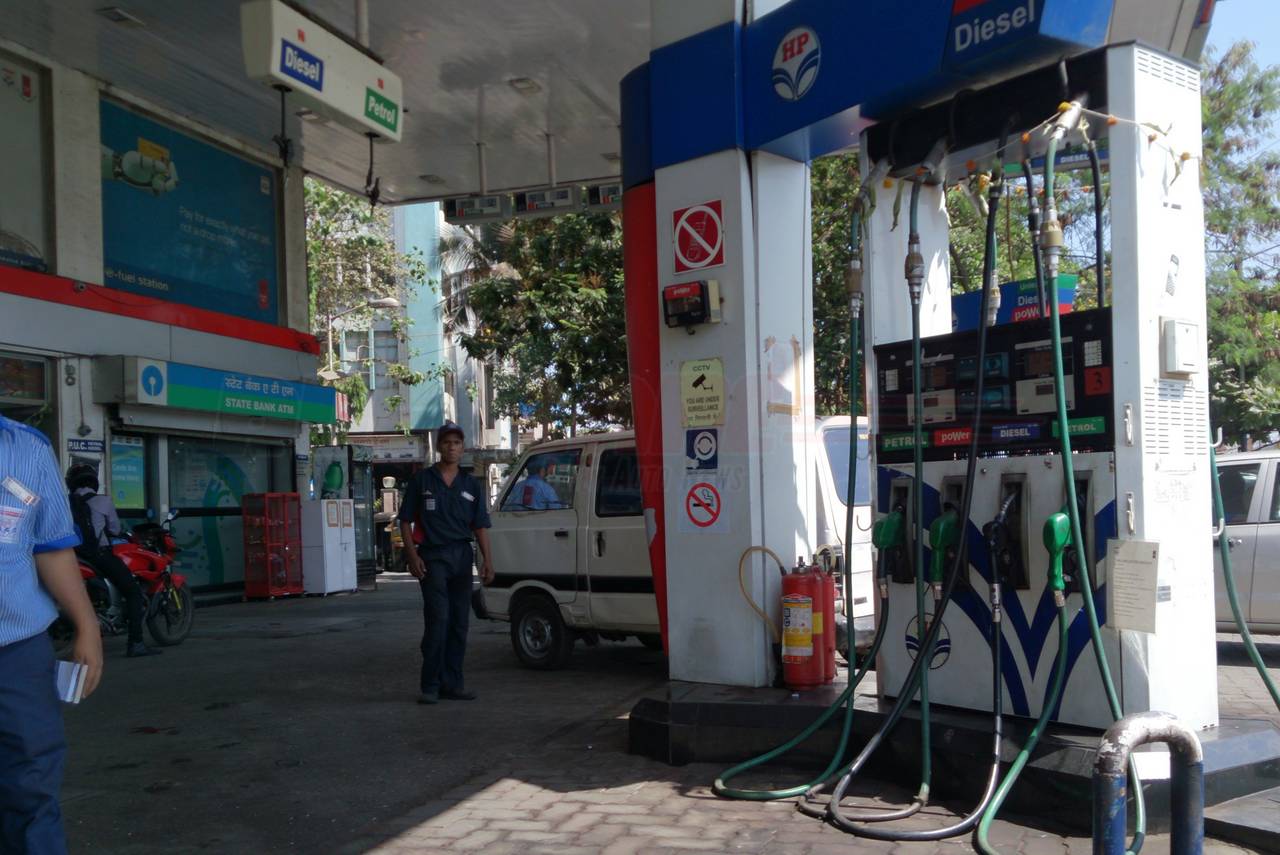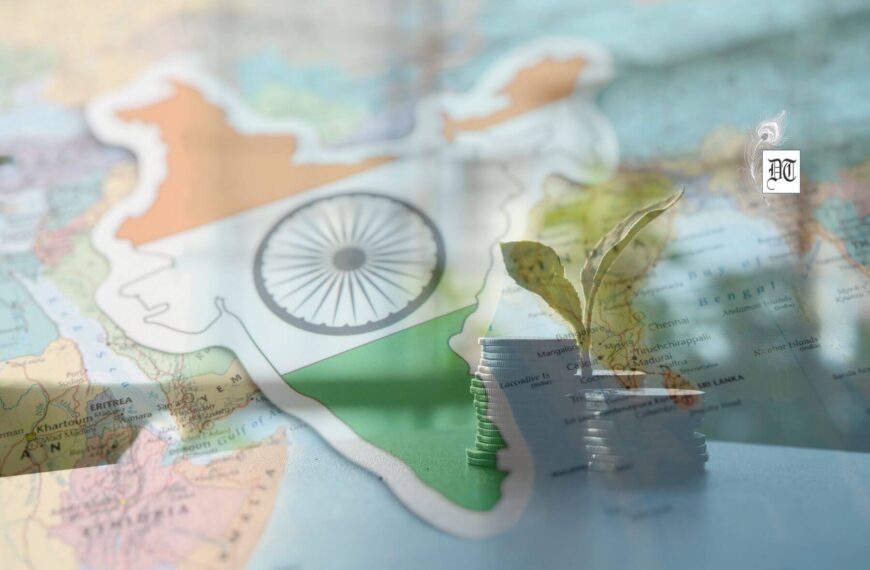It is small wonder that the RBI monetary policy review, coming close on the heels of the Survey, warily warned against the implications of firming up of crude oil prices along with a global uptick in non-oil industrial raw material prices beyond the current year with the escalating input costs being lobbed at the hapless consumers. Here’s an analysis for Different Truths.
The apex bank, while unveiling the sixth bi-monthly annual monetary policy statement for the current fiscal on February 7 in Mumbai, justified its neutral policy stance for the present, contending that crude oil prices have firmed up sharply since August 2017, driven by both demand and supply factors. The neutral policy provides the flexibility to move either direction if the situation warrants a gear change in the meanwhile. Even as the country’s merchandise exports bounced back in November-December 2017 to the immense relief of the authorities, who were agonising over the overall economic growth slowdown, RBI pertinently pointed out that merchandise import growth too accelerated sequentially with over one-third of the growth emanating from petroleum (crude and products) due largely to high global prices.
It is a no-brainer to know that world crude prices had shown a tangible firmness of late, abetted by the apparent unity of the 14 member oil cartel of the Organisation of Petroleum Exporting Countries (OPEC). Like the British people who sought to take control over the affairs of their nation from the European Union (EU) by exiting from the regional pact, the OPEC too realised the need to take control of its puissant power in shaping demand-supply balance in its favour that it had been demonstrating in its seven decades of existence that posed a grave and existential threat to many a developing nation dependent on imported oil! There is still some chirpy calculation among oil analysts that Saudi Arabia, accounting for more than 30 percent of OPEC’s production in October 2017 and playing the pivotal role of a swing producer, is unlikely to rock the boat of renewed price discovery ploy the famous cartel had been enjoying for far too long with impunity in the past. They rightly premise their belief on the fact that the oil kingdom seeks a stable, balanced market for petroleum prior to its proposed sale of a 5 percent stake in Saudi Aramco, the national oil company. It is also widely believed that for a robust market in consonance with longer-term capital investment, an oil price that is too high can be as intractable as one that is too low. In such a predicament, OPEC and non-OPEC producers, including Russia or Mexico, might well jump on the opportunity to expand supply to exert pressure on prices to moderate in their current channel, according to Carmen M.Reinhart, Professor of International Financial System at Harvard University’s Kennedy School of Government. This is also the fond hope of a country of continental size like India, which imports more than 80 percent of its oil requirement.
But a reality check, as reflected in the Economic Survey 2017-17, is relevant to recall here because it hoists the red flag not with a sense of alarm but with a sense of purpose and policy guidance to the authorities to be on their toes. “Persistently high oil prices (at current levels) remain a key risk. They would affect inflation, the current account, the fiscal position and growth and force macroeconomic policies to be tighter than otherwise”. It is estimated, the survey notes, that a $10 per barrel increase in the price of oil reduces growth by 02-0.3 percentage points, increase WPI inflation by about 1.7 percentage points and worsens the current account deficit (CAD) by about $9-10 billion. It is small wonder that the RBI monetary policy review, coming close on the heels of the Survey, warily warned against the implications of firming up of crude oil prices along with a global uptick in non-oil industrial raw material prices beyond the current year with the escalating input costs being lobbed at the hapless consumers.
When the collapse in crude in 2014-15 led to a providential boost to domestic growth by 100-150 basis points it helped the exchequer, both the Centre and the States, to expand their tax revenues exponentially. Thus from a level of Rs 99,184 crore excise receipts, they zoomed to Rs 1,78,591 crore in 2015-16 and further to Rs 2,42,691 crore last year, while in the first half of the current fiscal they fetched Rs 1,03,846 crore to the Centre. For the States, the tax receipt in the form of sales tax/value-added tax during this period went up from Rs 1,37,157 crore in 2014-15, Rs 1,42,848 crore in 2015-16 and to 1,66,378 crore in 2016-17, while in the first half of the current fiscal they yielded Rs 87,921 crore, apart from Rs 1,783 crore by way of combined State GST/Union Territory GST for the span of July to September when the GST was rolled out on July 1, 2017. There is a classic dilemma for the government both at the Centre and states, placed as they were in this unenviable spot because when oil prices tumbled there was a salutary effect on growth and government revenues but when oil prices flare up as of now, there is a dismal and negative impact on both.
As the crescendo of duty cuts becomes cacophonic among all sections of society because energy is the lifeline of the economy with oil the major ingredient to make it tick and keep it in the pink, this is bound to have far-reaching repercussions on the tax revenue and the fiscal deficit. The headwind in the form of higher crude oil prices is bound to buffet every section and real sectors of the economy if the authorities do not do the proper forward planning and conserve resources for the cost to import such an inordinately rising indispensable input price.
It needs to be noted that when the Centre reduced the central excise duty on petrol and diesel by Rs 2 per litre effective from October 4, 2017 to prune the retail selling prices by way of relief to the consumers, its request to the states to make cut in VAT rate fell on deaf ears because only four states and one UT had cut the VAT on petrol and diesel. The states have their own logic for being on their own as their narrow revenue base does not permit them to indulge in fiscal largesse! Still, there is an overwhelming merit in the inclusion of petroleum products under the Goods and Services Tax (GST) so that the advantages of such a dispensation would include rationalisation of prices by shaving off cascading of taxes, seamless input credit, removal of Central Sales Tax, elimination of entry tax, digital compliance and ease of doing business.
With so much to gain by such an inclusion in GST, it is high time that the NDA, always highlighting its credo of bringing about “cooperative federalism” by implementing the 14th Finance Commission recommendations in toto for the benefit of states in the transfer of resources, should traverse the extra mile in the GST Council headed by Union Finance Minister Arun Jaitley with state finance ministers as members to bring about this vital change for providing the much-needed relief to consumers reeling under the relentless impact of implacable energy cost. Besides, steps need to be initiated to raise domestic production, take an active part in the acquisition of overseas oil acreage and provide spurs for the conservation of energy in the economy to safeguard the domestic constituents from being hit by the headwind of the oil hurricane!
G. Srinivasan
©IPA Service
Photos from the Internet
#GST #FinanceCommission #UnionFinaceMinister #ArunJaitley #Price #IPA #DifferentTruths





 By
By

 By
By
 By
By